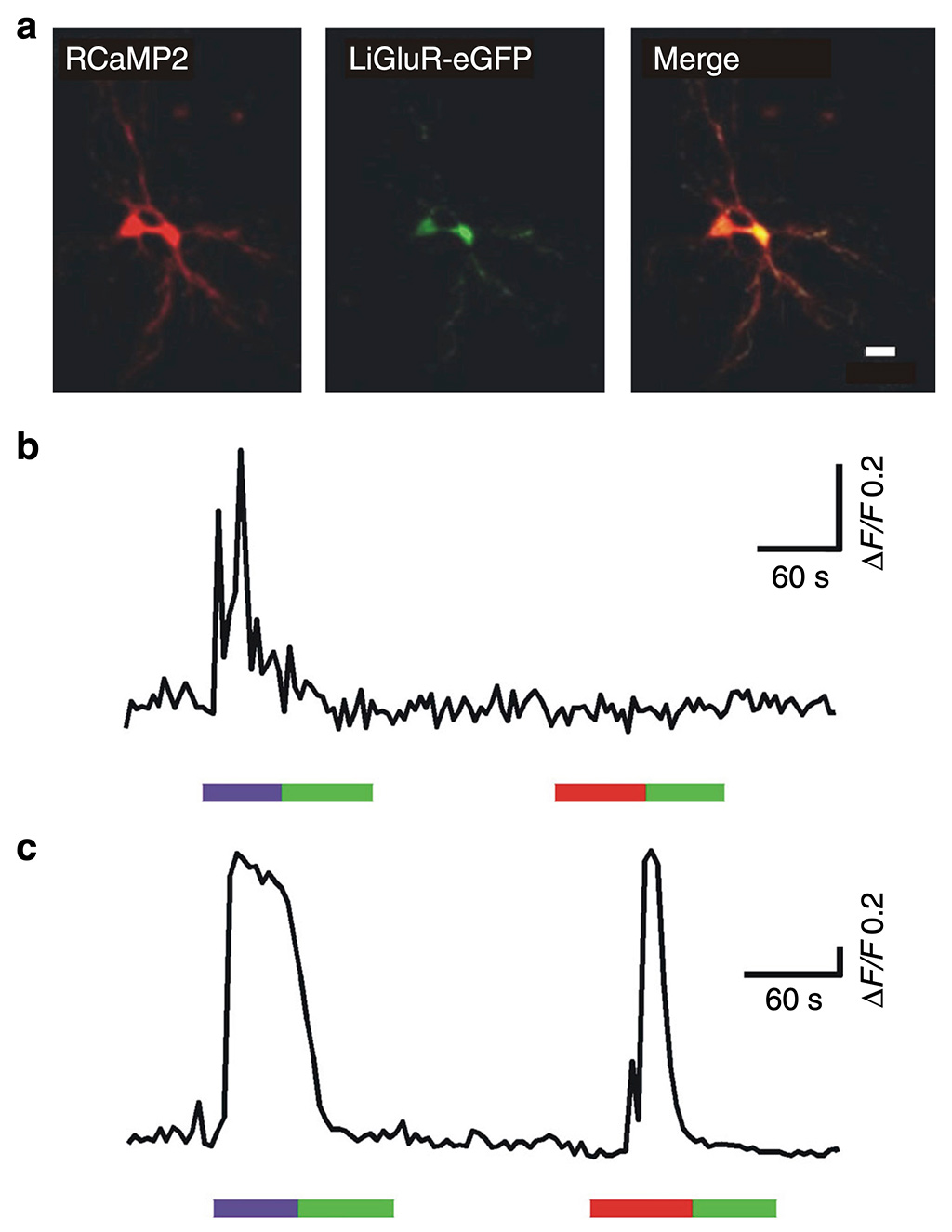Remote control of neuronal activity using photopharmacology and infrared light has been recently demonstrated. However, its practical use in neuronal tissue to photostimulate individual neurons with three-dimensional precision has been hampered by (1) the low efficacy and reliability of two-photon isomerization using infrared light compared to one-photon excitation, and (2) the short lifetime of the two-photon induced responses. We have developed novel photoswitches endowed with both high-two photon absorption cross section and slow thermal back-isomerization. These compounds provide optimized and sustained two-photon neuronal stimulation both in light-scattering brain tissue and in live worms. This finding opens the way to analyze the function of intact neuronal circuits in three dimensions.
Reference
